In place of monoculture, mutually-supporting crops. The Washoe community garden, planted in 2014 in Gardnerville, Nevada. Herman Fillmore
Three Native Americans, living in different landscapes and nurtured by different tribal cultures, all share the same goal: to ensure that the traditional Indigenous ways of gathering, growing, husbanding, and serving food are preserved. They are part of a movement, small enough to be barely noticeable in the world of industrial agriculture, but strong enough to be growing steadily, powered by enduring links to Native history and culture.
Herman Fillmore, the culture and language director for the Washoe Tribe in California and Nevada, has grown squash, corn, and beans in the Washoe community garden since it was first planted in the spring of 2014. These crops, often called “Three Sisters,” are plants that Indigenous people of North America learned to grow together because they are mutually supportive. The corn stalks provide support for the bean vines to climb, the beans send fertilizing nitrogen back into the soil for the corn and squash, and the squash’s large, prickly leaves protect all three plants from predators.
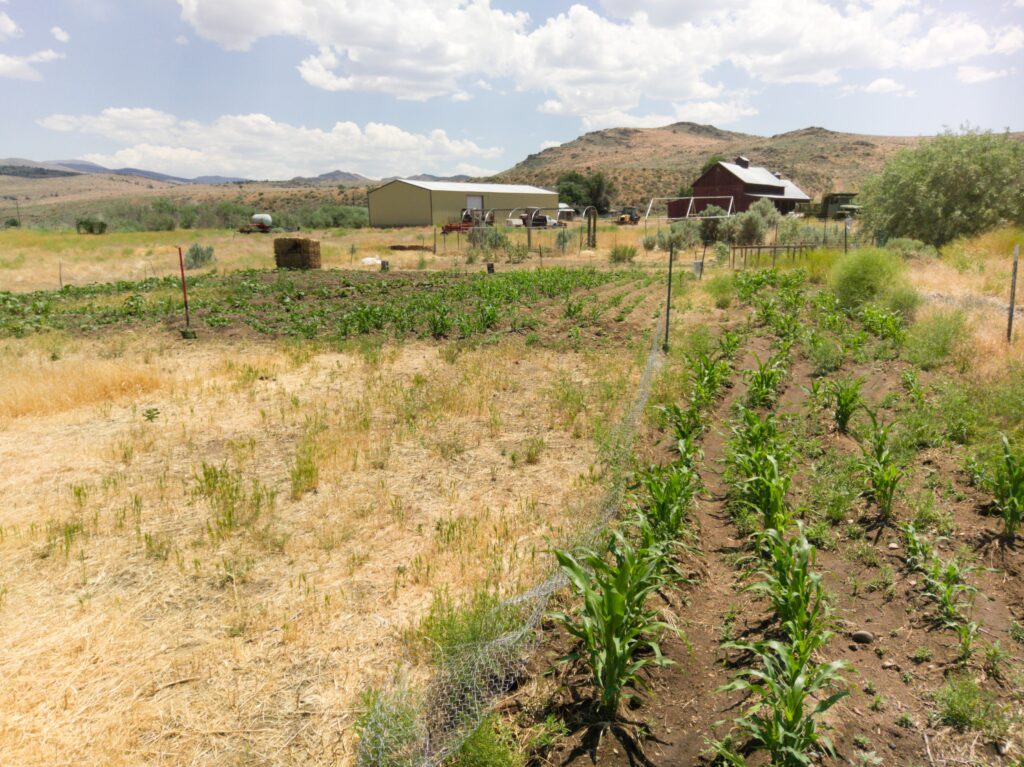
The Washoe community garden. Herman Fillmore 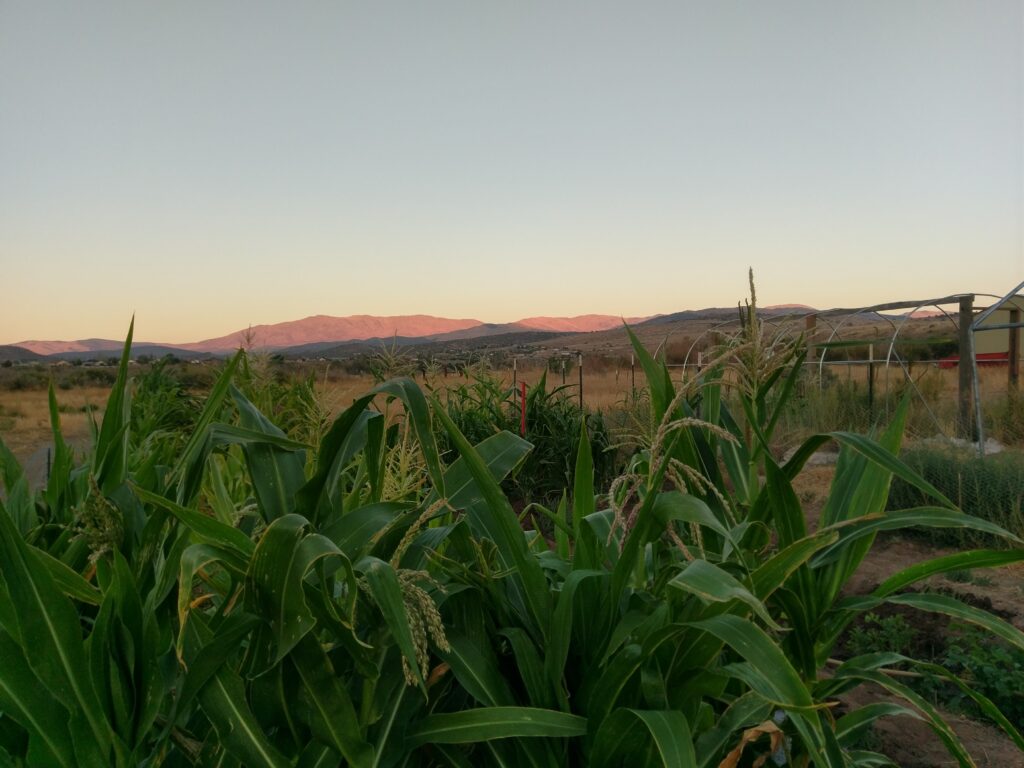
“Three Sisters” plantings at the Washoe community garden. Herman Fillmore
Fillmore is working to adapt modern and Indigenous practices to fit regional needs. But he fears traditional knowledge may disappear. Fillmore brought a rabbit-skin blanket – one his people had made during a traditional rabbit drive – to a local elementary school recently. Many students were disturbed and asked why Fillmore killed rabbits for food. Fillmore pointed out that the McDonald’s burgers the students eat come from killing cattle. He hopes that projects like the community garden allow his people to connect – or reconnect – with their food systems.
Addressing a ‘huge disconnect’

Fillmore is not alone. Terri James, a teacher at Monument Valley High School in Utah, decided to change her curriculum after one of her students asked how Navajo ancestors dyed corn blue to make their traditional dish of blue corn mush.
“To me that was a huge disconnect,” James said. “When the student asked me, ‘How did you get corn blue,’ I realized we were doing something wrong.”
James, a Navajo teacher and farmer, started teaching Native farming practices and introducing students to Native foods in her agriculture courses. Her high school students learn to grow traditional Navajo crops, such as blue corn, a corn variety with blue kernels first developed by the Hopi people in New Mexico. They also grow squash, melons, and potatoes near the high school.
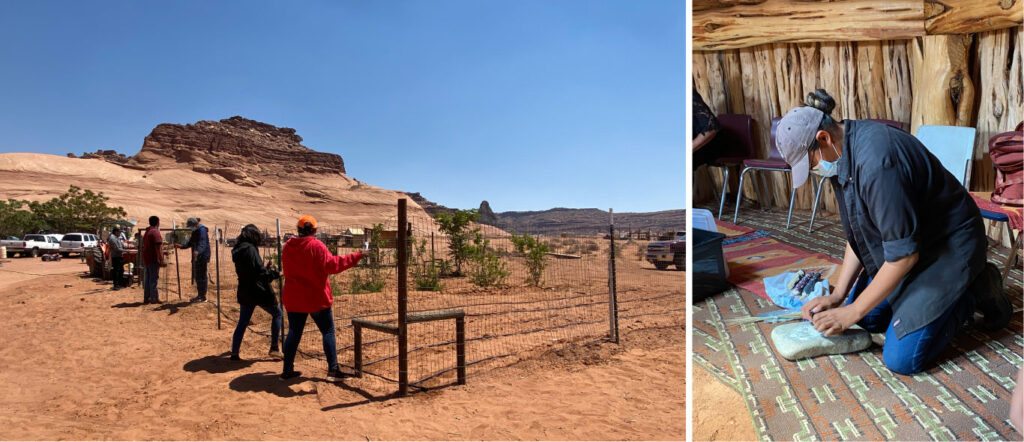
Hundreds of miles away in Montana, Latrice Tatsey also teaches Indigenous farming practices, but her expertise is with bison and cattle, not crops. It wasn’t until she was a graduate student at Montana State University, studying a practice called regenerative grazing, that she realized these “modern” methods looked strikingly similar to the traditional practice of the Blackfeet people to rotate bison among grasses in a specific sequence. Now she teaches cattle ranchers to rotate their cows in a regenerative system that mimics tribal practices.
Tatsey is pursuing a master’s degree, focusing on soil nutrients and carbon dioxide fixing in pastures where cows and bison graze. She also consults with cattle ranchers, promoting the practice of rotating their cows in a regenerative system that mimics tribal practices.

Fillmore, James, and Tatsey are part of a nascent movement hoping to revitalize Indigenous agriculture and foodways. This movement, still small, has nonetheless grown dramatically in the last five to ten years, according to Liz Carlisle, an assistant professor of environmental studies at the University of California, Santa Barbara. Another scholar, Andrea Carter, a member of the Powhatan Renape Nation, works at Native Seeds/SEARCH, a non-profit focused on conserving the Indigenous crop diversity of the arid Southwest; she witnessed a sharp increase in the popularity of traditional agricultural practices during the COVID-19 pandemic, as food became a scarce resource in some Native communities.
‘These are not new ideas’
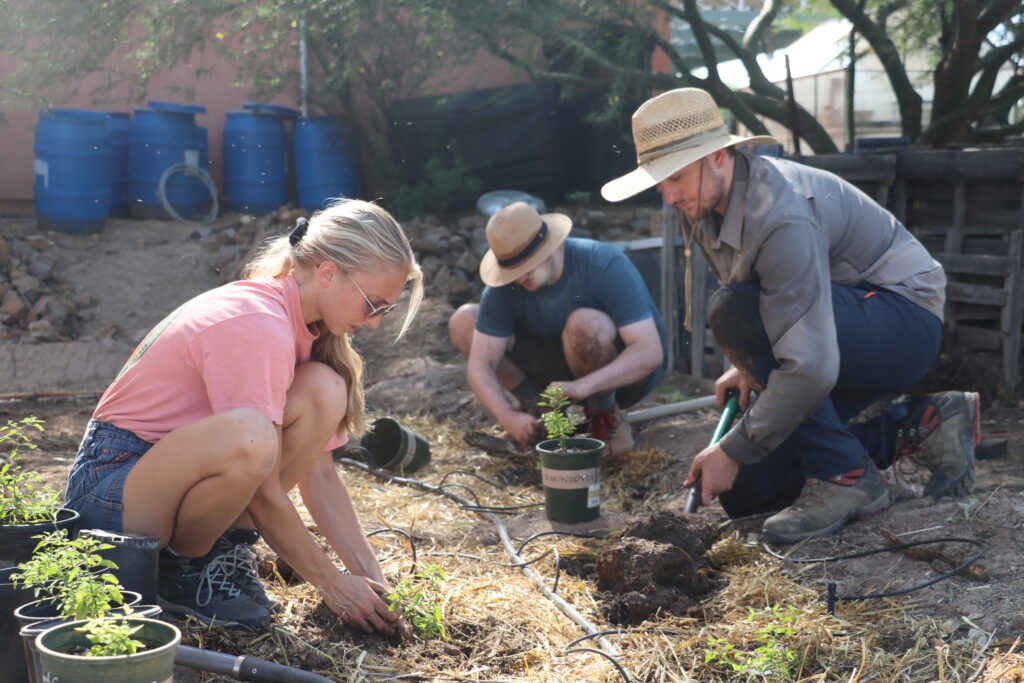
“There is a growing resurgence in traditional agriculture and farming amongst Native youth and Native people of all ages,” said Carter, who works for Native Seeds/SEARCH in Tucson, Arizona. “We’re seeing it in the wider culture as well. A lot of young people, [Native and] non-Native alike, are getting into farming and a desire to live more sustainably. These are not new ideas of living sustainably or in harmony or farming ecologically. This is a return or continuation of what Native people have always been doing.”
Data shows an uptick in Indigenous farming
Like many new movements, it is hard to know exactly how widespread the movement is. There are signs, however, that it is taking hold.
In Arizona, the federal Agriculture Department’s annual census has recorded a substantial increase in Indigenous farm operators. In 2002, there were 291 farms with a principal Native American farm operator. In 2007, there were 8,436 farms. And in 2017, there were 11,729. The Census of Agriculture considers a “farm” to be “any agricultural operation that had $1,000 in sales in the census year or had the potential to have $1,000 in sales in the census year.”
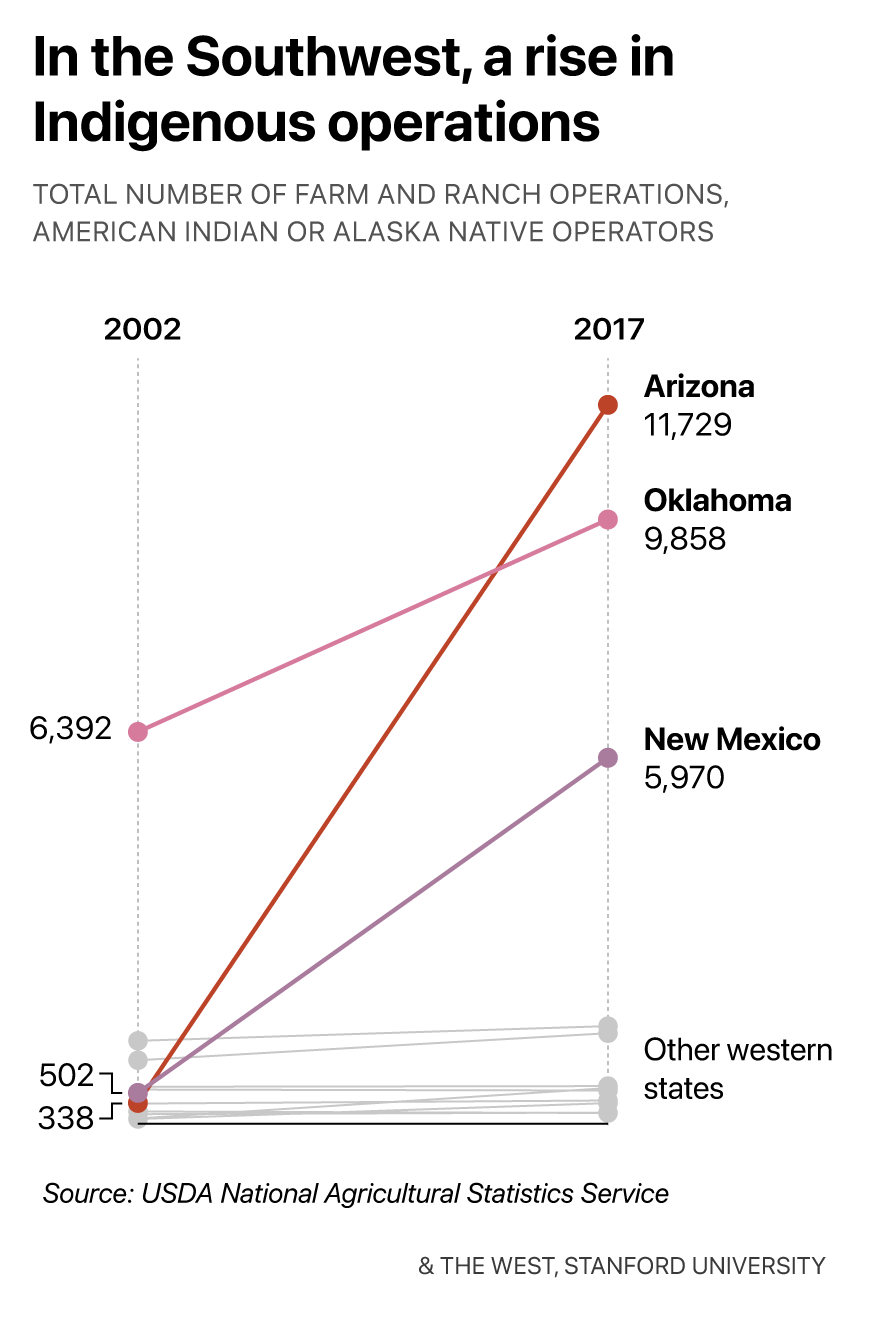
Arizona is not alone. In Oklahoma, the count of farms with a principal Native American producer jumped from 7,054 in 2007 to 9,858 in 2017. In New Mexico, the number rose from 4,493 to 5,970. While there is no way of knowing what kind of farming is practiced, the rise in Native farmers in the Census of Agriculture coincides with the burgeoning movement of traditional Indigenous farming and food gathering.
Farming is not central to all Native cultures. Fillmore, who comes from tribal land in the Sierra Nevada mountains, said that the Washoe people had never farmed on a large scale before Europeans came. They cultivated land resources by using prescribed burns, clearing meadows, hunting, gathering, and maintaining small gardens.

The return to traditional food cultivation is focused on “trying to reconnect with place by developing sustainable, organic produce for community members,” Fillmore said. “The modern-day diet that a lot of Indigenous people partake in is a lot of commodity foods given to us by the federal government. It is the least nutritious food you’ve given to our most impoverished people, which then also leads to systemic health problems, like obesity and diabetes. A big part of this movement is related to health.”
The rise in Native farmers in the Census of Agriculture coincides with the burgeoning movement of traditional Indigenous farming and food gathering.
Tatsey said the Blackfeet Nation in Northern Montana has seen an increase in small tea and vegetable gardens full of native plants, tribal college USDA programs, and food pantry garden programs, helping individuals start their own gardens. In addition, regenerative grazing is becoming increasingly popular; more ranchers are rotating cattle to spread manure more efficiently, improving soil health. “Bringing identity back to people is why I see Native foods taking off,” Tatsey said. “Our people weren’t comfortable doing it for so many years due to boarding schools and the loss of culture.”

Boarding schools, where the U.S. government sent Native American children to assimilate to Euro-American culture in the 19th and 20th centuries, were one attempt to erase Indigenous culture. The boarding-school push followed decades of government moves to take away Native American lands, separating people from traditional farming practices.
In 1851, Congress enacted the Indian Appropriations Act, which moved Native Americans –– many from the Great Plains states and farther west –– to reservations. The Dawes Act of 1887 allotted 160 acres of land to the head of each Native family. The remaining Indigenous land –– 90 million acres, mostly in the Great Plains –– was sold to non-Natives.
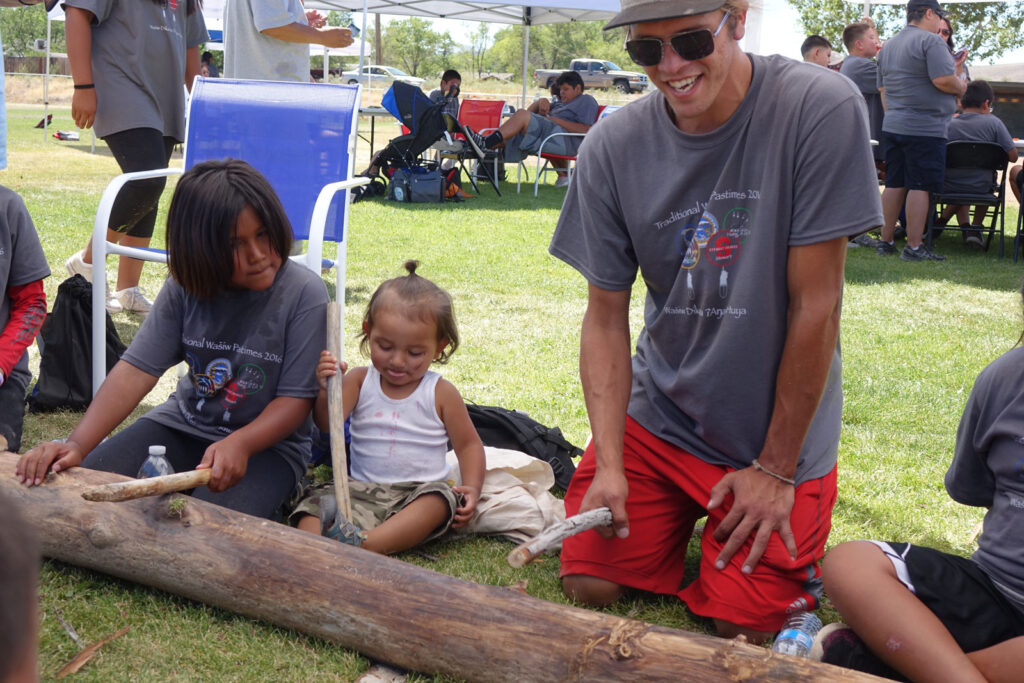
Christina Gish Hill, a professor of American Indian Studies at Iowa State University, said, “The repercussions of allotment are enormous. First of all, you’re dividing extended family groupings as you’re dividing the land. Instead of people having access, say to river bottoms, where they would grow as extended families or as clans, now officially they only have access to their 160 acres.
“Then you have non-Native people buying the land in-between each of these plots, and they are growing using Euro-American agricultural practices on those lands. Ultimately, through more policies that followed, a lot of people ended up losing their allotments, so they essentially became landless, having no land of their own where they can grow.”
Around the same time that these policies were enacted, the U.S. government organized the slaughter of millions of bison, a staple food for the Blackfeet people. Tatsey said there were fewer than 20 bison on the Blackfeet Nation toward the end of the 1800s.

“In order to take the power from tribal nations, they had to take away their food source,” Tatsey said. “That was the only way they could expand across the west of the United States.” Carolyn Merchant supports Tatsey’s claim in her book, American Environmental History: An Introduction. She writes that in 1867, one member of the U.S. Army commanded his troops to “kill every buffalo you can. Every buffalo dead is an Indian gone.”
These policies severed Native Americans from their food sources. Fillmore said that when the Washoe people were displaced from much of the land where they cultivated food, they were alienated from traditional practices.
The U.S. government actively suppressed Indigenous farming practices, according to Carter, who works for Native Seeds/SEARCH. Case in point: in 1819, Congress established a government fund to hire non-Native people of “good moral character to instruct Indians in the mode of agriculture suited to their situation,” –– meaning Euro-American agriculture. This law was highlighted in a 1997 article in the University of Nebraska’s American Indian Quarterly.
For Carter, who is based in the Southwest, the current revival of traditional agriculture and Native seeds provides clear evidence that, despite the U.S. government’s attempts to eliminate Indigenous agricultural practices, their efforts did not completely succeed. The farming practices continue as they have for 4,000 years. In her book, An Indigenous Peoples’ History of the United States, Roxanne Dunbar-Ortiz writes that Native American agriculture began in 2100 BCE in the Sonoran Desert of present-day Arizona.
“For those outside of the Southwest, it does not seem like an area where there’d be thriving agriculture due to scarcities of water and a sparseness of vegetative life, and yet you find this immensely rich agricultural tradition and extremely productive and yet sustainable agriculture system that was traditional to the peoples of the region,” Carter said.
Cultivation oriented to the local climate
What has helped many Native peoples in the Southwest flourish as agrarian communities, according to Carter, is the way they have cultivated and culled various seeds based on the local climate. In addition, their development of irrigation canals and floodplain cultivation and use of Three Sisters agriculture, composting, and intercropping, growing two or more crops in close proximity, aided with their productivity.

Andrew Curley, a member of the Navajo Nation who is an assistant professor in the University of Arizona’s School of Geography, Development & Environment, said the return to traditional agriculture for Navajo people in the Southwest is not just a continuation of traditional practices but also incorporates new, sustainable technologies, such as drip irrigation and wells. Nonetheless, Curley said that some Navajo farmers still practice industrial agriculture, using fertilizers and pesticides.
The return to traditional foods and agricultural practices is not confined to a single geography. Bison were reintroduced to the Blackfeet Nation starting in the 1990s. Today they have more than 700 bison, Tatsey said, whose research focus is soil nutrients and carbon dioxide in bison and cow pastures.
Fillmore emphasizes that the development of both animal husbandry and farming – the Indigenous peoples’ shaping of the landscape – long predated the arrival of Europeans, although, he said, 19th and 20th century histories falsely show American land “as untouched; it needed to be developed by modern man.”
“Many Indigenous people across the United States continue to preserve and develop Native seed varieties that predate European contact,” said Christina Gish Hill, an Iowa State University professor. “There have always been Native growers, who, in spite of all these challenges, hold onto seeds, help seeds develop in new environments, and continue to select seeds. Sometimes, by the 60s, 70s, and 80s in some Nations, maybe there was just one family or one or two people, but they kept going.”
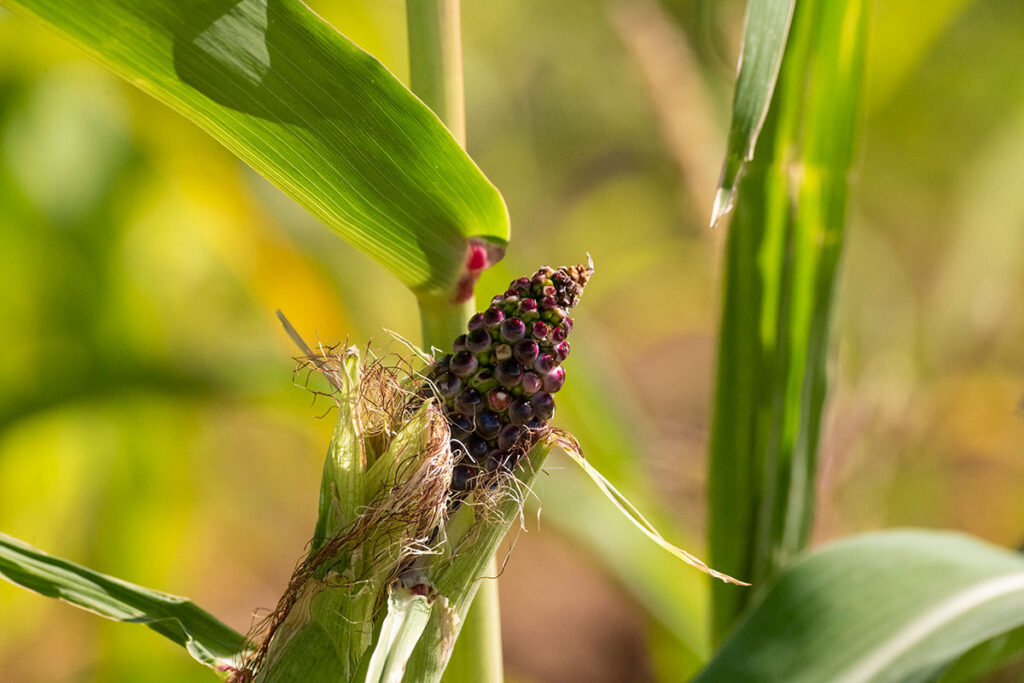
Planting Native seeds is central to this push to reclaim old ways. So is preparing meals with traditional crops. Elizabeth Hoover, a Berkeley professor whose research focuses on Native American food systems, studies the importance of chefs in the food sovereignty movement. “People can get back into gardening, you can get people excited about saving seeds, but the only way it’s really going to take hold is if you get people excited about eating it,” Hoover said.
Cafe Ohlone, dedicated to the food of Northern California’s Indigenous Ohlone people, opened in 2018 in Berkeley. Vincent Medina and Louis Trevino, co-founders and chefs, opened their restaurant to increase representation for their people and to share and educate people on Indigenous food, which Medina said had been erased from California cuisine. Among other dishes, Cafe Ohlone serves black oak acorn bread, gathered tea-soaked soft boiled quail eggs, and venison and gathered mushroom stew.

Developing community interest in traditional food is one challenge for the movement to revitalize Indigenous agriculture. Another challenge is engaging people in traditional farming. Only 1.6 percent of people in the country are farmers, according to the United States Department of Agriculture. For the movement to have a lasting impact, said Carter, it needs to reach more people. An additional challenge is money. Fillmore said that many community-based traditional agricultural projects are expensive; proponents of traditional agriculture have to compete for federal funds.
In addition, as Native people have become more removed from food systems in recent decades, less information is passed between generations. Fillmore said modern-day concepts of ownership and property can make it difficult for people to understand the underpinnings of communal food systems.
Despite challenges, Liz Carlisle, the UCSB professor, is hopeful that, even if just on a small scale, the movement is making an impact.
“This grassroots movement of community-based agriculture of people who are interested in getting involved even at a very small scale in a community garden, a vacant lot, or somebody’s backyard is really exciting –– connecting the idea of food security, healthy food, and access to cultural foods with the idea of land stewardship and rebuilding relationships to the land,” Carlisle said. “People are reclaiming that sense of being involved in their food system.”
Edited by Felicity Barringer and Geoff McGhee.
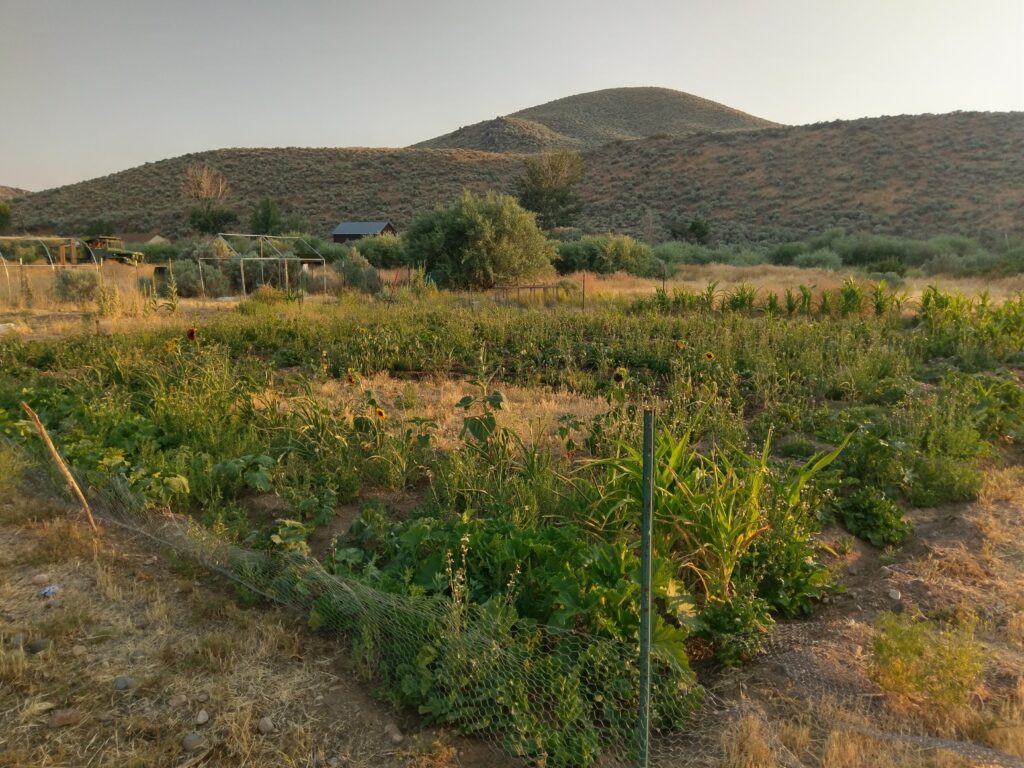
Read Next in …& the West
Car batteries are the goal. Lithium is the quickest way to make them.
Decarbonizing global transportation requires building a huge quantity of batteries so fleets can convert to electric power. This will mean more mining to supply the lightweight metal lithium. Does a global good require local sacrifice in the Southwest?
